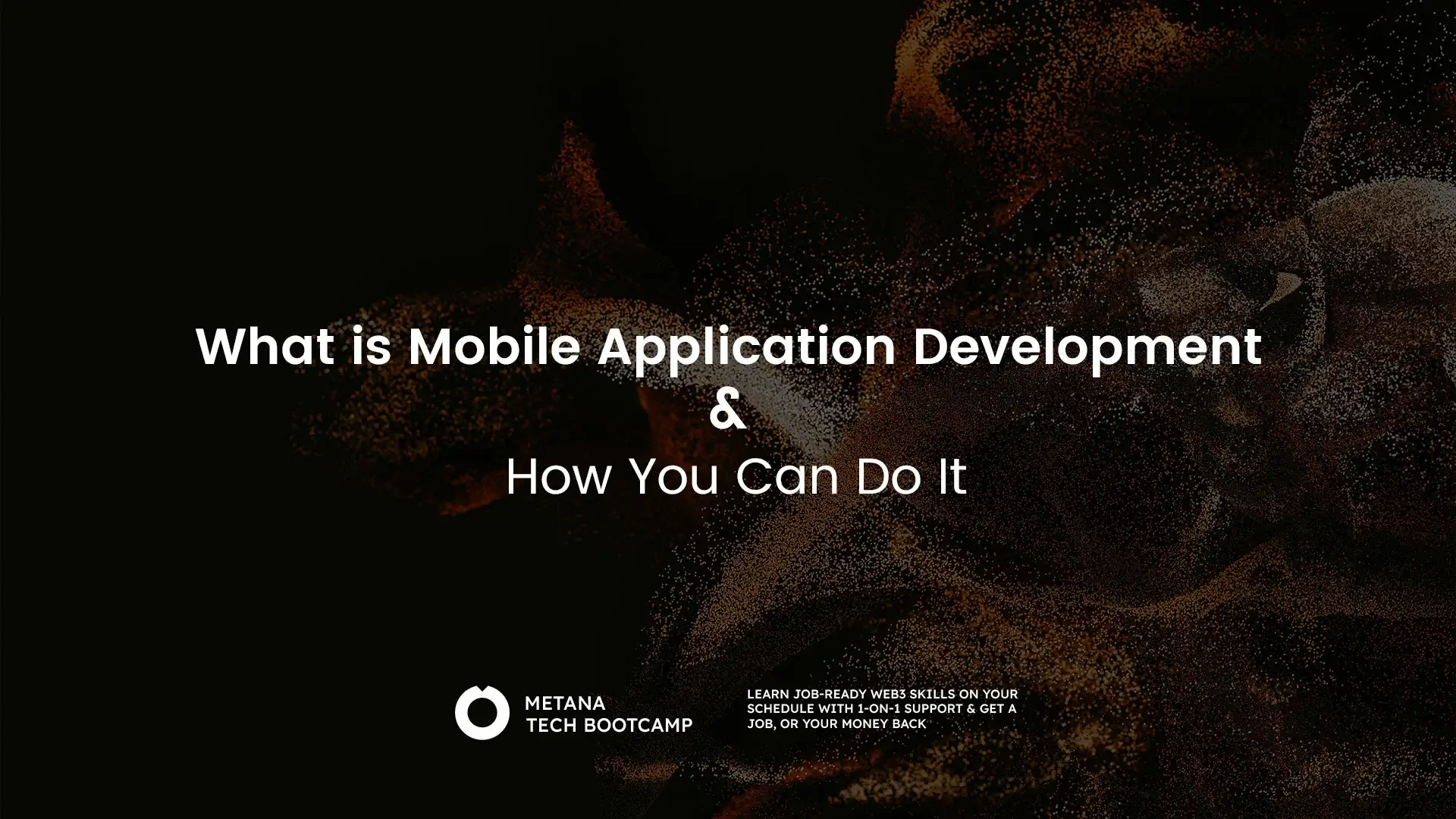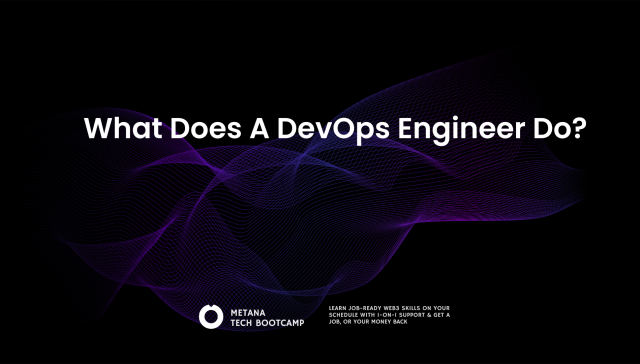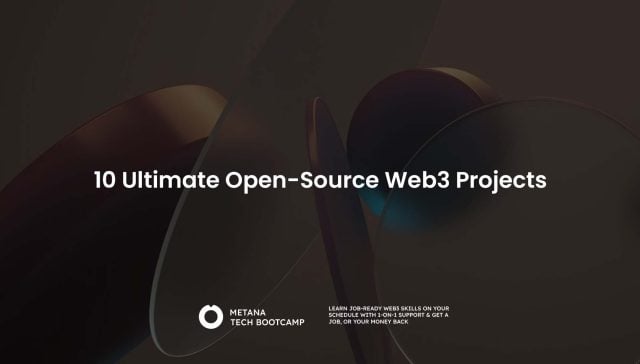Ever found yourself mindlessly scrolling through an app, only to realize it’s somehow glued to your hand? Yeah, me too. Mobile apps have sneakily become the silent partners in our daily dance, from waking us up (who still owns an actual alarm clock?) to ordering late-night snacks. This omnipresence begs the question: how do these app-tastic companions come to life?
Mobile application development, in its simplest form, is the art (and science) of creating software that runs on our mobile devices. It’s like building a tiny digital universe that fits in your pocket. Today, we’re diving into this world, dissecting native, hybrid, and web apps.
Spoiler alert!!
They all have their time and place, like guests at a party. Native apps are the life of the party on their specific platforms (iOS or Android), hybrid apps are the social butterflies mingling everywhere, and web apps are the gatecrashers that work in your browser, no VIP pass needed.
What You Need To Know
Alright, so you’re ready to craft your own app masterpiece. Fantastic! But before you dive into coding like a digital Michelangelo, let’s explore the tools and platforms that’ll be your virtual paintbrushes.
First things first: the battle of the titans. In the world of mobile apps, two big names dominate the playing field: Android and iOS. Think of them like the Coke and Pepsi of the app world, each with its loyal fanbase and unique features. Android is known for its open-source nature and vast customization options, while iOS boasts a streamlined user experience and tight integration with Apple devices.
But hey, don’t feel limited! There are other options out there, like Windows Phone or cross-platform frameworks that let you build apps for multiple platforms simultaneously. Think of them as the boutique brands, catering to specific niches.
Now, onto the tools that’ll bring your app idea to life. Imagine an IDE (Integrated Development Environment) as your digital workshop, a one-stop shop for writing code, testing it, and debugging any gremlins. Popular choices include Android Studio for Android apps and Xcode for iOS.
But wait, there’s more! To interact with your phone’s features, you’ll need an SDK (Software Development Kit). Think of it as a special toolbox filled with pre-built components and instructions for things like accessing the camera or GPS.
And to test your app before unleashing it on the world, you’ll need an emulator or simulator. These are basically virtual smartphones running on your computer, letting you see how your app behaves without risking a real phone meltdown. Imagine them as testing dummies for your app creations!
Finally, let’s talk about the languages that power these apps. Just like different countries have different languages, Android and iOS each have their preferred tongues: Java for Android and Swift for iOS. But don’t worry, language learning isn’t mandatory! Beginners can focus on understanding core programming concepts first, which are like the universal grammar of app development. You can tackle the specific languages later, once you’ve mastered the basics.
Remember, this is just the first step on your app-tastic journey. There’s a whole world of tools, platforms, and languages to explore, each with its own strengths and quirks. But with a little curiosity and the right guidance, you’ll be building your own game-changing apps in no time!
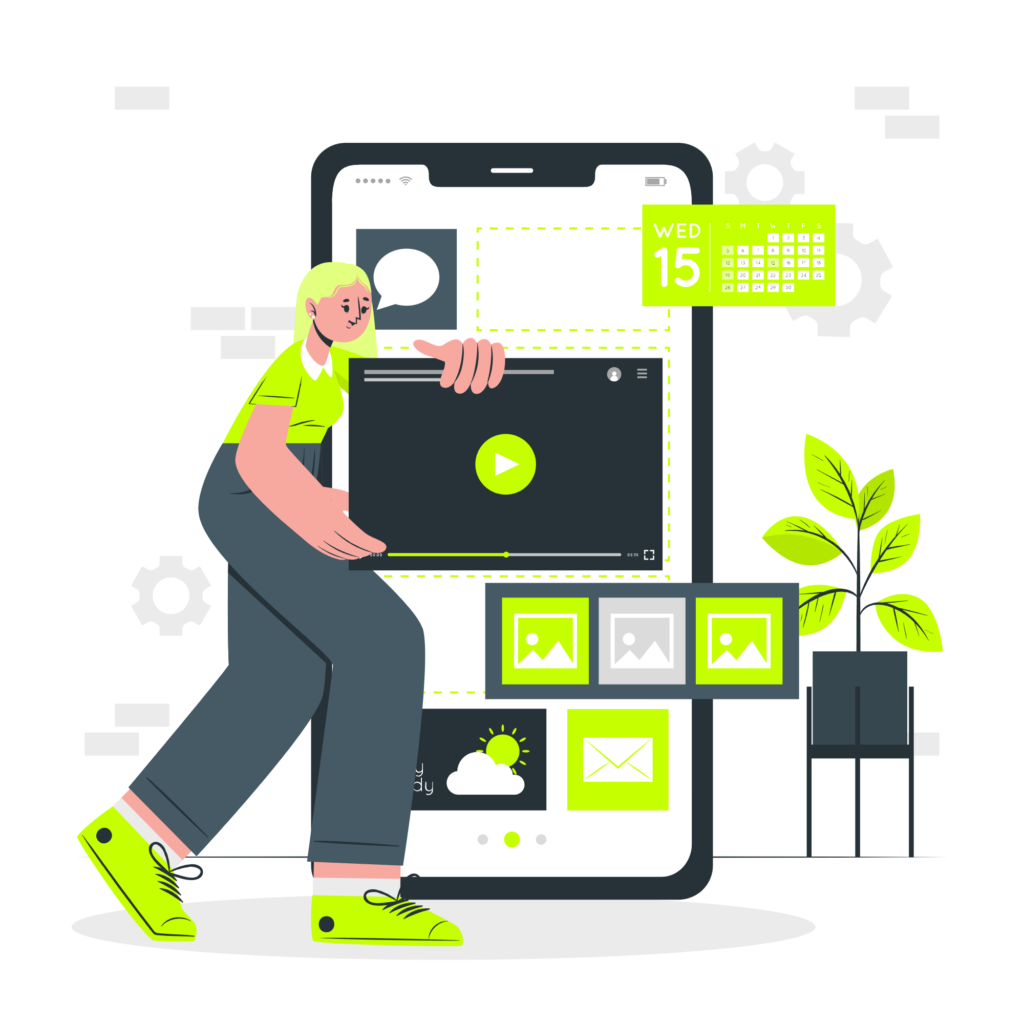
Building Your App Dream: From Sketch to Shelf (Without the Stress!)
Okay, so you’ve got your platform picked, your tools ready, and your coding muscles warming up. But before you unleash your inner app architect, let’s talk about the two things that make or break an app: UI (User Interface) and UX (User Experience).
Think of UI as the look and feel of your app. Is it visually appealing? Easy to navigate? Imagine it as a beautifully designed restaurant – if the menu is confusing and the chairs are uncomfortable, you won’t be coming back for seconds. On the other hand, a well-designed app feels intuitive and enjoyable to use, like a restaurant where everything flows smoothly and you leave feeling satisfied.
UX, on the other hand, is about the overall experience users have with your app. Is it easy to find what they’re looking for? Does it solve their problem or fulfill their need? Imagine it as a road trip – if the directions are unclear and the car keeps breaking down, it’s not going to be a fun ride. But a well-designed UX is like a smooth, stress-free road trip where you arrive at your destination happy and relaxed.
Now, building an app isn’t like baking a cake – it’s a process with different stages. Think of it like building a house:
- Planning: This is where you brainstorm ideas, define your target audience, and figure out what your app will do. It’s like sketching out your dream house.
- Design: Here you create the visual elements and layout of your app. It’s like designing the interior of your house, making sure it’s both beautiful and functional.
- Development: This is where the coding magic happens, bringing your app to life. It’s like actually building the house, brick by brick (or line of code by line of code).
- Testing: Just like you wouldn’t move into a house with leaky pipes, you need to test your app to make sure everything works smoothly. It’s like checking for any bugs or glitches before throwing a housewarming party.
- Deployment: Finally, it’s time to launch your app into the world! This is like opening the doors of your house and inviting everyone to see your creation.
And lastly, let’s briefly touch on monetization, the fuel that keeps your app running. There are different ways to make money, like in-app purchases, subscriptions, or ads. Think of it like choosing how to decorate your house – will you sell paintings, rent out rooms, or display sponsored furniture? Don’t worry too much about this just yet, focus on building an awesome app first, and the monetization will follow!
Beginner-Friendly Resources for Budding Developers
Online Courses:
- Udacity’s Intro to Android App Development: Master the fundamentals of building Android apps with this interactive course designed for complete beginners. Think of it as your app development kindergarten! (Link to Udacity)
- Coursera’s Mobile App Development Specialization: This comprehensive specialization from top universities covers everything from iOS and Android development to UX design. It’s like attending app development college, but at your own pace and in your pajamas. (Link to Coursera)
- Codecademy’s Learn to Code with JavaScript: If coding seems like a foreign language, this course will teach you the basics of JavaScript, a versatile language used in many mobile apps. Think of it as learning the alphabet of app development. (Link to Codecademy)
Tutorials and Websites:
- Google’s Android Developer Guides: Dive into the official documentation for Android development, packed with tutorials, code samples, and expert tips. It’s like having a personal app development encyclopedia at your fingertips. (Link to Android Developer Guides)
- Apple’s Swift Playgrounds: Learn Swift, the language for building iOS apps, in a fun and interactive way with this gamified app. Think of it as learning to code while playing a video game (minus the dragons and loot). (Link to Swift Playgrounds)
- Ray Wenderlich Tutorials: Explore a vast collection of high-quality tutorials covering various aspects of mobile application development from basic concepts to advanced topics. It’s like having a library of app development cookbooks, each teaching you a new recipe. (Link to Ray Wenderlich)
Books and YouTube Channels:
- Head First Mobile Development by Dawn Griffiths: Learn mobile development concepts through engaging visuals and hands-on exercises in this beginner-friendly book. Think of it as having a friendly app development mentor guiding you through the process. (Find it on Amazon)
- The Swift Programming Language by Apple: This official guide dives deep into the Swift language, perfect for those who want to master the code behind iOS apps. It’s like having the official Swift rulebook, but without the dry legal jargon. (Link to Apple Books)
- Traversy Media on YouTube: Follow Brad Traversy’s clear and concise tutorials on web and mobile development on his YouTube channel. Think of him as your app development buddy, explaining complex concepts in an easy-to-understand way. (Link to Traversy Media)
- The Coding Train on YouTube: Join Daniel Stern’s creative coding adventures on his channel, where he tackles various mobile development projects using different tools and frameworks. It’s like watching a coding reality show, but you actually learn something useful! (Link to The Coding Train)
So You’re Ready to Build Your App Dream? Go Forth and Conquer!
The journey of a thousand apps begins with a single line of code. Don’t be intimidated by the technical jargon or complex processes. The most incredible apps often stem from simple ideas, nurtured with curiosity, experimentation, and a healthy dose of “let’s see what happens!”
Embrace the mistakes along the way. They’re not roadblocks, but stepping stones to learning and growth. Every app developer, even the rockstars, has their fair share of bugs and glitches. It’s how you learn from them and keep pushing forward that truly matters.
Keep in mind, building an app is a journey, not a destination. Enjoy the process, explore different tools and techniques, and most importantly, have fun! Your unique perspective and creativity are what will make your app stand out.
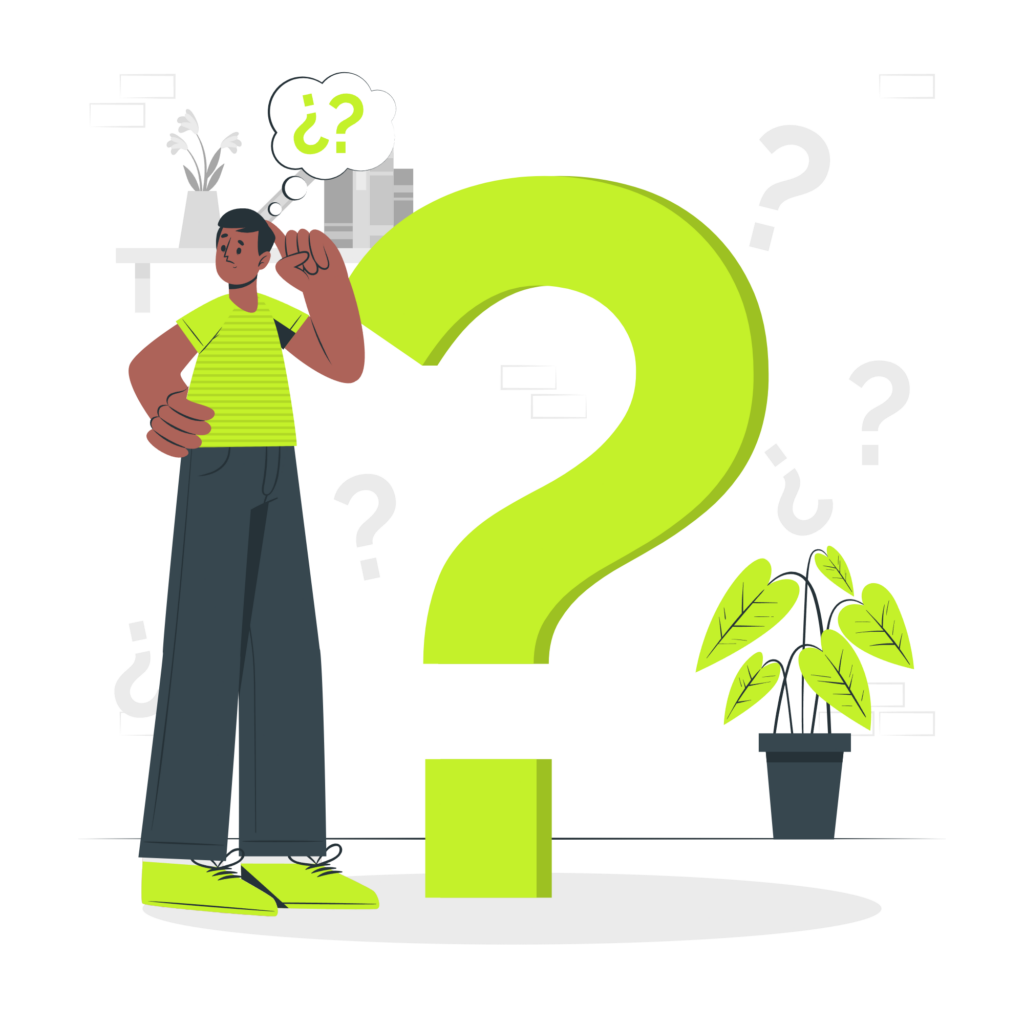
FAQs
What is mobile application development?
- Mobile application development is the process of creating software applications that run on mobile devices, utilizing a network connection to work with remote computing resources.
Which programming languages are used in mobile app development?
- Popular languages include Swift and Objective-C for iOS apps, and Kotlin or Java for Android apps.
What are the key steps in developing a mobile app?
- Key steps include ideation, planning, design, development, testing, and deployment.
How can beginners start learning mobile app development?
- Beginners can start with online courses, tutorials, and by practicing with simple projects using tools like Android Studio or Xcode.
What tools are essential for mobile app development?
- Essential tools include a development environment like Android Studio or Xcode, version control systems like Git, and UI/UX design tools.
How important is user experience (UX) in mobile app development?
- UX is crucial as it affects user satisfaction, engagement, and retention, making it a key factor in the app’s success.
What are the best practices for mobile app security?
- Best practices include implementing strong encryption, secure authentication mechanisms, and regular security testing.
How can developers optimize mobile apps for better performance?
- Optimization can be achieved through efficient code, reducing image sizes, and minimizing the use of external libraries.
What role does market research play in mobile app development?
- Market research helps identify user needs, competition, and market trends, guiding the development of a more targeted and successful app.
How can developers monetize mobile apps?
- Monetization strategies include in-app purchases, subscription models, ads, and selling the app on app stores.

